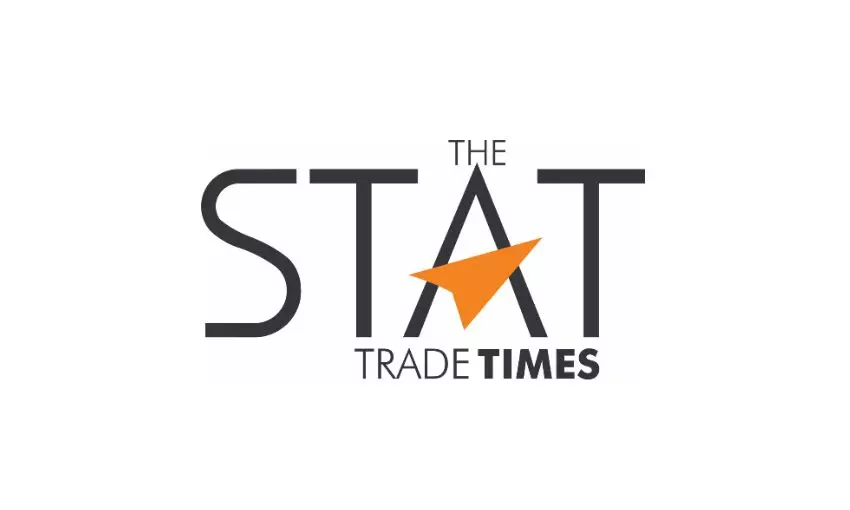
Experts explore opportunities for the competitive narrow-body freighter landscape @CFS 2017
The 23rd edition of Cargo Facts Symposium (CFS) held in Miami witnessed massive representation from the air cargo fraternity. High profile panelists on the forum discussed the growth of the air cargo market in 2017 and the freighter conversion market. E-commerce remained the hot topic of discussion, which has been the driving force for the […]

The 23rd edition of Cargo Facts Symposium (CFS) held in Miami witnessed massive representation from the air cargo fraternity. High profile panelists on the forum discussed the growth of the air cargo market in 2017 and the freighter conversion market. E-commerce remained the hot topic of discussion, which has been the driving force for the freighter conversion market.
Alan Hedge, senior director, Airline Cargo Management Group (ACNG), provided an in-depth summary of the e-commerce revolution of the air cargo industry forecasting a double digit increase every year and moving to a $4.5 trillion in the next five years as mentioned in the annual ‘E-commerce Revolution Report’ released by ACNG. According to the report, Amazon leads the revolution closely followed by Alibaba and JD.com. Double digit growth is primarily fueled by economic and GDP growth, seen more as a catch-up, as the growth was held back for the past few years.
The first session, which revolved around the topic “Trend Lines - After 2017's Strong Start, Will the Growth Continue?” was moderated by Robert Dahl, managing director, Air Cargo Management Group. He was joined by panelists Rich Corrado, chief operating officer, Air Transport Services Group; Rob Hyslop, executive vice president and chief operating officer, Polar Air Cargo Worldwide; and Steve Rimmer, chief executive officer, Altavair.
The panel addressed topics that included key markets and major commodities for air freight; express and e-commerce opportunities versus general freight; concerns about weakening globalization from growing trade protectionism; and finding the right balance between main deck and belly-freight capacity.
All panelists agreed that economic indicators have been positive fueling the growth, assisted by lower interest rate, and low fuel cost, and keeping the inventory asset ratio lower than the previous year. The overall economy created a balance of trade between the West and East. Stable energy prices have been helpful and have been an important driver for growth which created demand in air freight.
Finding the right balance of belly and freighters prompted some interesting comments from the panelists. Rob Hyslop indicated that arranging the routes between destinations is key to managing freight going forward. Rich Corrado indicated that e-commerce cargo does not align very well with belly cargo model, with no easy solution to match the expectation of the express segment.
The conversion market is forecasted to continue its growth spurt due to the demand overtaking the supply. The diverse capacity needs have demanded an assorted range, forecasting many narrow body conversions, with Vallair being announced as the launch customer for 321 by Precision Conversions. With middle class being projected as the driver for e-commerce trade, more and more freight carriers are looking for narrow body conversions as compared to wide bodied ones.
IAI announced having a launch customer for 777 conversions being heard of as a new entry in the conversion market. Robert Convey, senior vice president, marketing and sales, Aeronautical Engineers indicated that 737-800 would be the most prominent in the coming years, although being currently not popular due to higher cost.
Turhan Ozen, chief cargo officer, Turkish Cargo, revealed that the freighter-to-belly haul ratio was the focus point for Turkish Cargo planning in 2017, and they maintained a balance between the two which contributed to a good year. The new Istanbul airport will see the capacity jump to 6 million tonnes from the existing 2 million, making Istanbul as one of the main cargo hub for the Europe region in particular.

